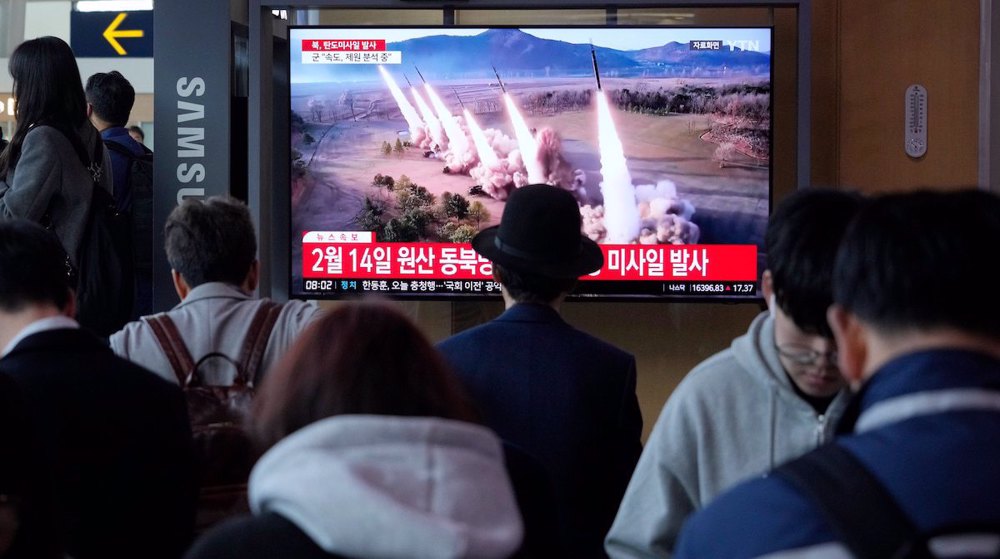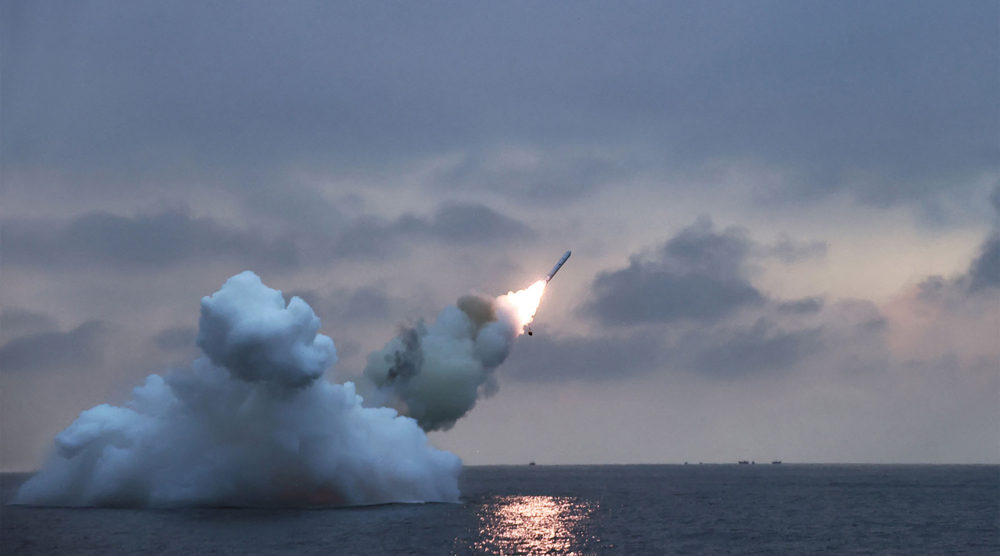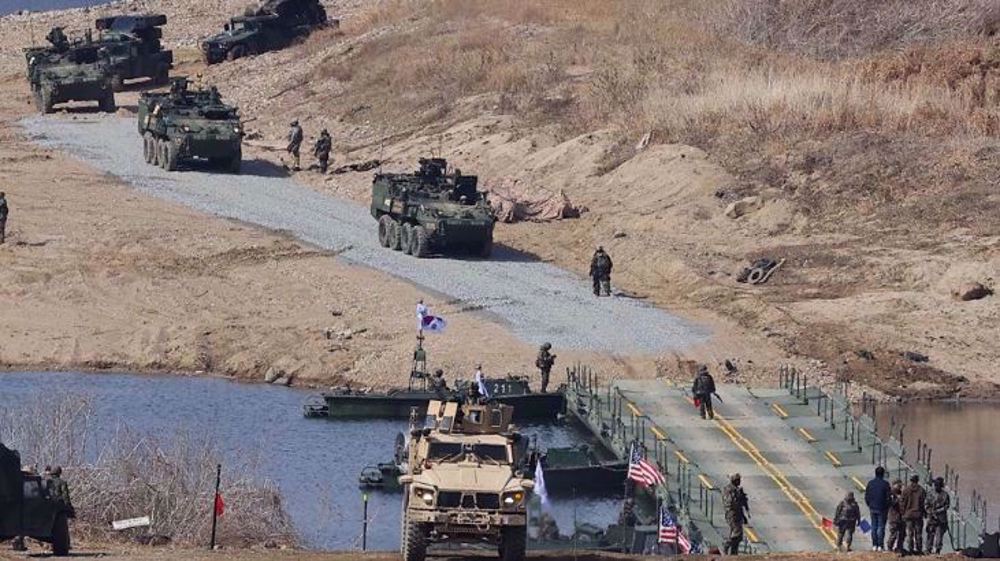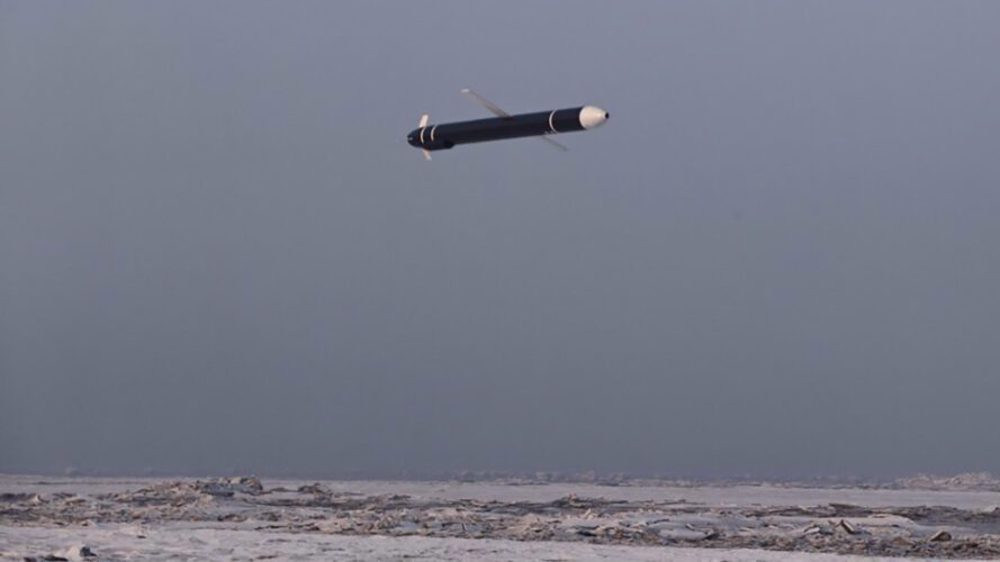N Korea conducts ballistic missile test capable of reaching US bases in Western Pacific
North Korea has conducted a test of an intermediate-range ballistic missile (IRBM) from its eastern coast, demonstrating its commitment to advancing missile technology capable of reaching US military bases in the Western Pacific.
The missile, which was launched from a location near the capital Pyongyang on Tuesday, did not pass over Japan like some of the IRBMs that North Korea has previously launched, but instead, it landed in the waters between the two countries after traveling a distance of 372 miles, the South Korean military reported.
Lee Sung Joon, the official representative of the Joint Chiefs of Staff, stated that the recent launch was probably a continuation of North Korea's test in March, which involved a solid-fuel engine designed for an advanced hypersonic missile with an intermediate range.
Japanese Prime Minister Fumio Kishida informed the press that there have been no reports of damage caused by the missile.
He claimed that North Korea's repeated missile launches pose a threat to the peace, security, and stability of Japan, as well as the wider region and international security.
According to experts, if these weapons are successfully developed, they could potentially reach Guam, the US Pacific military hub, and even extend beyond.
Military experts say that in the event of a conflict with North Korea, US military bases in Japan and Guam are strategically positioned to serve as key launchpads for American reinforcement forces, such as warplanes and naval fleets. Targeting these bases is considered a crucial element of North Korea's war strategy.
Tuesday’s test was North Korea’s third ballistic missile launch this year so far.
Back on January 14, North Korea carried out an IRBM test, during which it announced the successful launch of a solid-fuel IRBM equipped with a hypersonic warhead.
Later, on March 19, the country disclosed that it had conducted a ground jet test for a new hypersonic IRBM, specifically focusing on the solid-fuel engine.
VIDEO | Austrians arrested at Gaza protest in Vienna
10 killed in bus crash in western Iran
5 Israeli forces killed as Palestinian fighters face up to regime’s war machine
VIDEO | An insider's view of the country: Persian Tahini, Royan in Mazandaran
VIDEO | Israeli settler killed during strike against Tel Aviv; fresh aggression targets Yemen’s capital
VIDEO | Yemen’s missile strikes on Tel Aviv
Iran to open 6 GW of new power capacity by next summer
VIDEO | South Korean rallies set the stage for battle over Yoon's impeachment


















 This makes it easy to access the Press TV website
This makes it easy to access the Press TV website